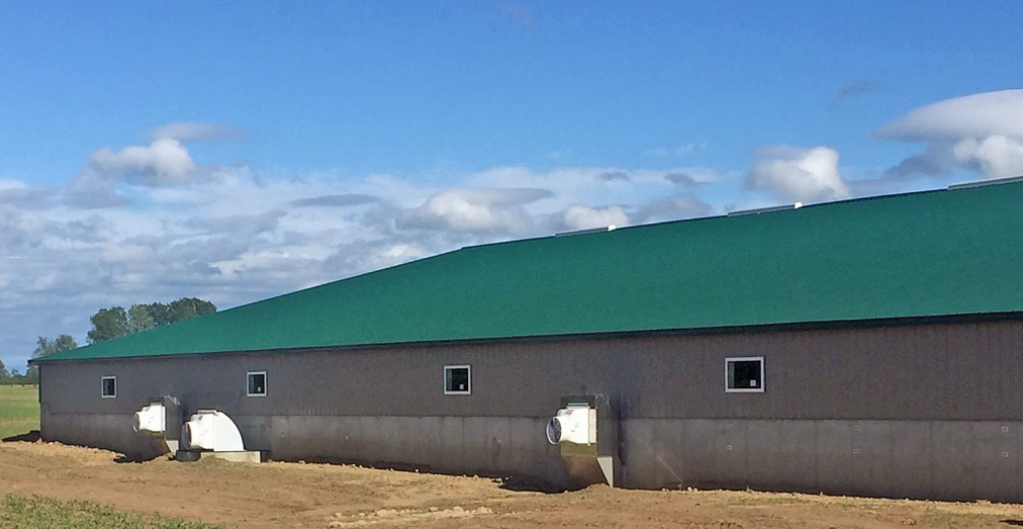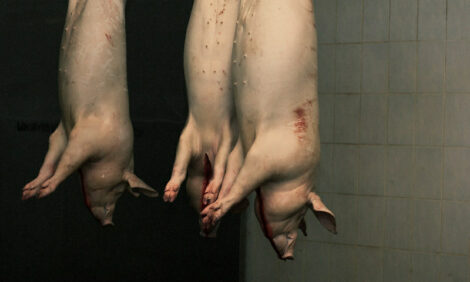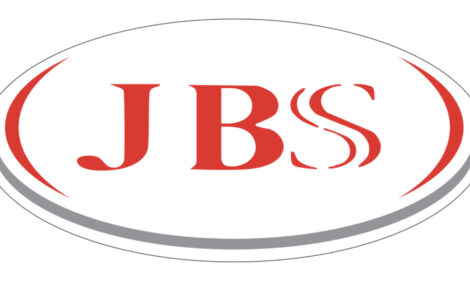



Solid sidewall finishers growing trend in new construction
For the last 20-plus years, the industry standard for finishing houses has been some variation of a total slat, double-curtain building design.This style of construction utilised lower cost curtain construction on the sidewalls. As the design migrated north, some of the earliest adaptions to the buildings consisted of adding insulation to the sidewalls. Producers and builders used insulated or heavier weight curtains, removable bubble foil insulation and even eliminated the north curtain altogether replacing it with a solid insulated wall. A growing trend in new construction has seen a move away from curtain-sided finishing buildings. Several key factors have driven this movement to totally enclosed structures for finishing hogs.
Replacing the sidewall curtains with high R-value insulated, solid wall can significantly reduce the amount of heat needed when starting pigs. A simple heat loss comparison of a 200-foot exterior wall pointed to savings of up to 0.25 gallons of propane per hour. This building loss calculation also did not take into account the amount of heat needed to counter cold air leaks through tears or holes in the curtain or infiltration around the edges.
Improved minimum ventilation.
The winter fans create a negative pressure inside the building drawing air from outside. Since even the best installed and maintained curtains are not airtight, cold outside air leaks in from around the curtains instead of entering through the ceiling inlets. Solid sidewalls eliminate curtain air leaks, so all the air comes through the ceiling inlets at a higher velocity. This cold, high-velocity air mixes with warmer room air near the ceiling before it swirls to pig level.
Reduced maintenance.
With no curtains, hardware or curtain machines to repair or replace, producers can eliminate the annual fall maintenance program saving time and money during the busy harvest season.
Improvements in fail-safe protection.
Sidewall curtains provide fail-safe protection against power outages. A simple curtain drop device connected to the winch handle allows the curtains to drop down to prevent suffocation. In practice, this system many times does not function as intended because of poor repair and maintenance. Advanced alarm system technology linked to environmental controls alert barn operators almost immediately of power outages or drastic room temperature changes.
Several producers have remodeled existing curtain-sided buildings into solid sidewalls after seeing the benefits. The conversion is relatively straightforward with extra 2x6 studs added to the sidewall framing, exterior steel siding, 6-inch batt insulation and interior wall covering of plywood, Fiber Reinforced Plastic, poly board or metal siding. For interior panels in animal contact areas, do not allow the panel edge to extend over the concrete wall and cover all panel joints with aluminium batten strips.
The biggest benefit of solid sided finishing facilities may be the hardest to measure.
While the heat savings and reduced maintenance cost might be the easiest to track, the most significant benefit may come from improving the pig’s environment.
The tendency when hearing heaters running continuously on a cold winter morning (especially after paying the latest LP bill) is to start easing the variable speed down or lowering the "on" cycle time for the minimum winter fans. Simple logic; cut the minimum winter rate by half from 2 cfm/pig to 1 cfm, and reduce LP usage by half.
Unfortunately, this also increases the building's relative humidity along with higher gas and dust levels. The poorer environment can cause slow growth and increase the pigs’ susceptibility to disease. In some cases, this decreased lung function will hurt performance throughout the pig's production cycle. Lower ventilation rates can also jeopardise worker's health and cause the building's interior to deteriorate quicker.
Solid sided finishing buildings, with insulated sidewalls replacing curtains, do not reduce the amount of minimum ventilation required to provide a good environment. Instead, the higher R-value walls significantly reduce the amount of heat loss compared to a curtain. The BTUs normally generated to replace heat loss through the curtains can instead be exhausted through the fans to improve the building's interior climate and pig performance.
To illustrate the amount of BTU lost through a curtain sided finisher compared to a solid sided building we calculated the heat loss for a typical sized single wide finishing unit.
Size: 1100 head Dem:
41’ x 224’
Inside Temp: 70
Outside Temp: 30
Pig Size: 12 lbs.
Ceiling: R-30
5’ Curtain: R-1
3’ x6” Concrete Wall: R-5
5’ x6” Insulated Wall: R-19
Minimum ventilation rate: 2 cfm/head
Ventilation Heat Loss
1100 head x 2 cfm/head= 2,000 cfm
2,000 x 60 = 120,000 cf/hr
120,000 x (70-30) x.018 = 86,400 BTU/Hr
Curtain Sided
Ceiling 41 x 224 = 9,184 sq. ft.
9184 x (70-30) / R-30 = 12,245 BTU/Hr
End Walls 41x 8 x 2 = 656 sq. ft.
656 x (70-30) / R-19 = 1,381 BTU/Hr
Concrete side wall 2’ x 224 x 2 = 896
896 x (70-30) / 5 = 7,168 BTU/Hr
Curtain 5’ x 224’ x 2 = 2240
2240 x (70-30) / 1 = = 89,600/ BTU/Hr
Solid Sided
Ceiling 41 x 224 = 9,184 sq. ft.
9184 x (70-30) / R-30 = 12,245 BTU/Hr
End Walls 41x 8 x 2 = 656 sq. ft.
656 x (70-30) / R-19 = 1,381 BTU/Hr
Concrete side wall 2’ x 224 x 2 = 896
896 x (70-30) / 5 = 7,168 BTU/Hr
Insulated Side wall 5’ x 224’ x 2 = 2240
2240 x (70-30) / 19 = = 4,715/ BTU/Hr
When we compare the curtain heat loss (89,600 BTU/ Hr) to the heat loss through the solid wall building (4,715 BTU/Hr.) the difference is close to 85,000 BTU/ Hr.
The 85,000 BTU lost through curtain comes very close to equaling the amount of BTU exhausted through the ventilation system. To think of it another way, it’s like doubling the ventilation fans and not getting the benefits. BTUs lost through the building just disappear. BTUs exhausted by the fans remove moisture and dust from the building creating a better growing environment for the pigs.







